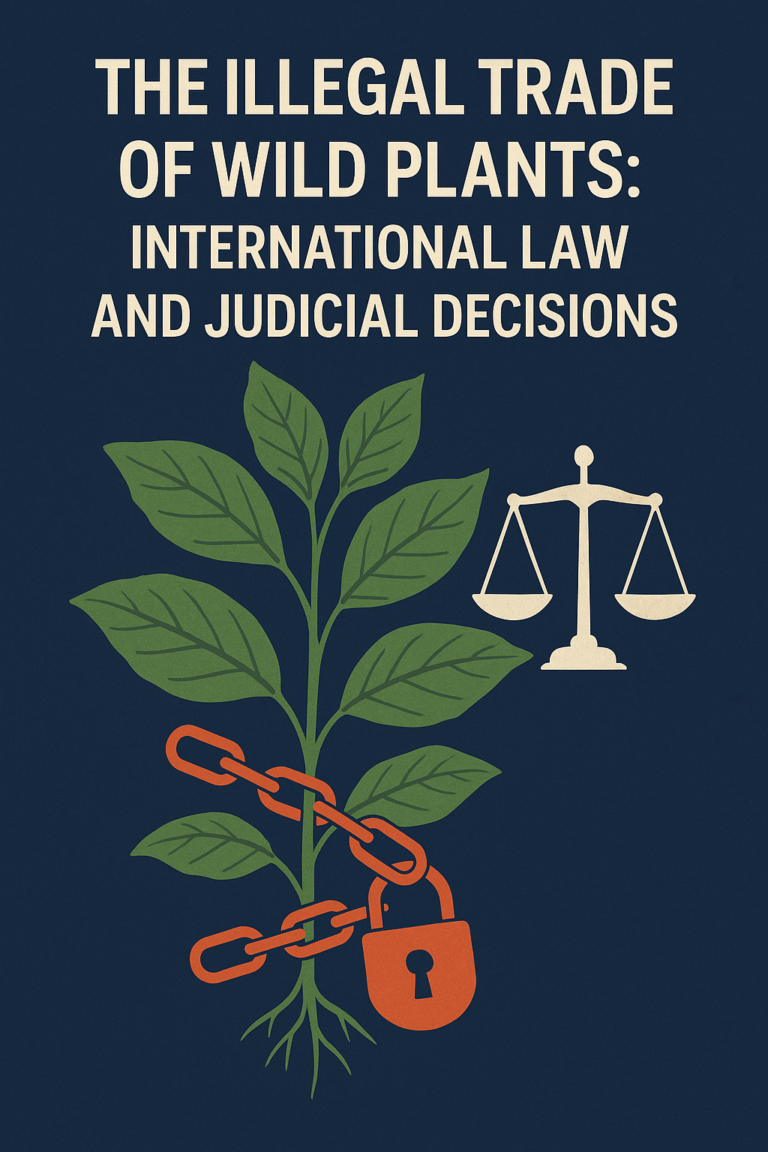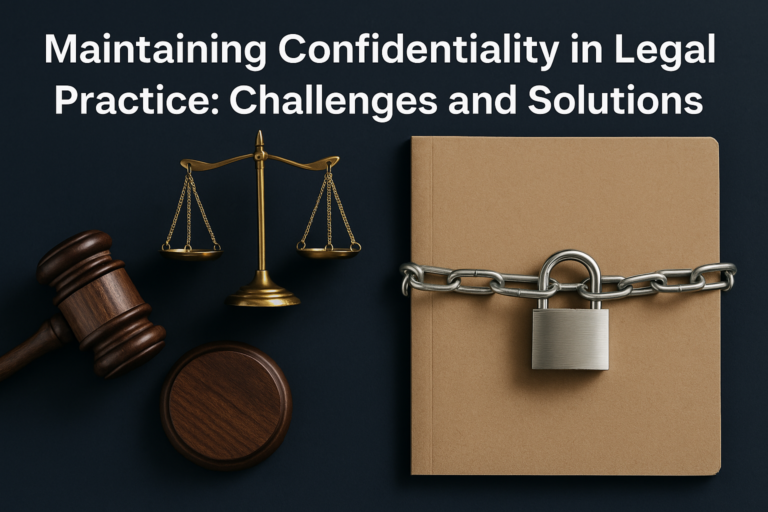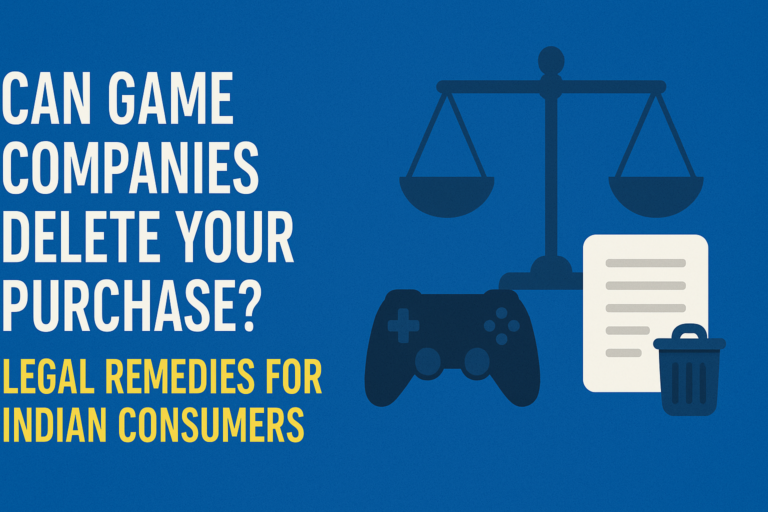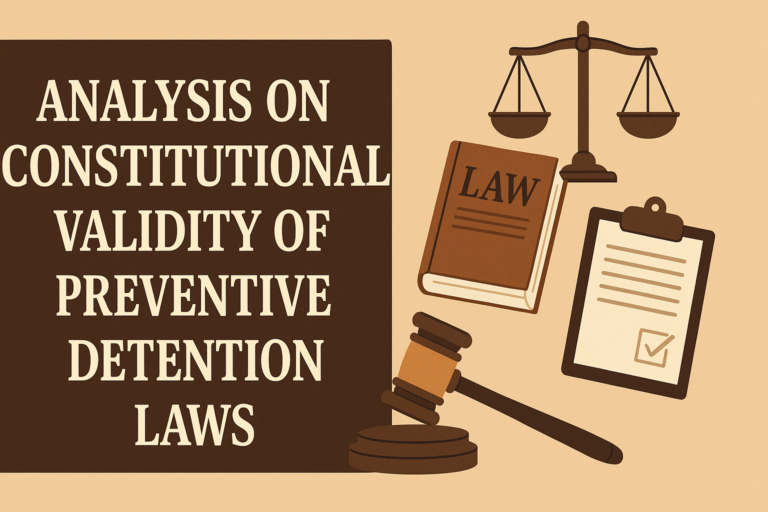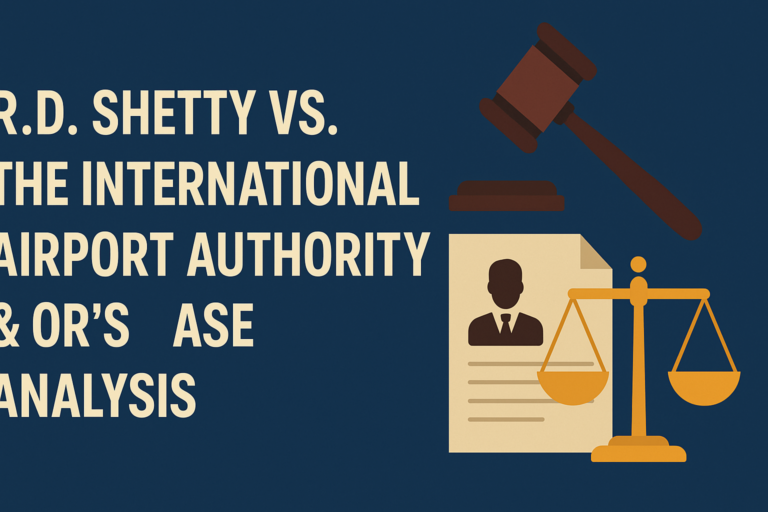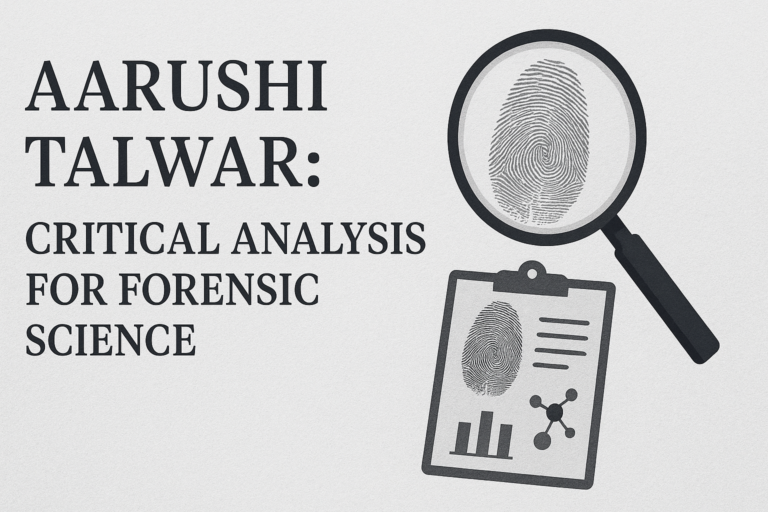
This article has been written by Tadepalli Aditya Kamal (3rd year BBA LLB at KLE Law College, Bengaluru)

Introduction
Waste production is a natural result of growth and industrial advancement. As a result, effective waste management is a global priority, and nations have established strong regulatory waste management regimes to balance development and environmental sustainability goals. The National Environment Policy, 2006 in India places emphasis on the necessity for collection and treatment systems for recycling wastes and developing procedures for ecologically safe disposal of residues while providing strategies for managing various forms of environmental contamination.1 The Ministry of Environment, Forest and Climate Change of the Government of India (“MoEF”), in collaboration with the State Pollution Control Boards of various states (“SPCB”), administers the full spectrum of waste management laws in India. The ideas of “sustainable development,” “precaution” (steps should be taken to prevent environmental dangers), and “polluter pays” (polluter is responsible for damages and harm to the environment caused by his own conduct) are the cornerstones of Indian waste management regulations. According to the Supreme Court of India in a number of cases, these ideas are an essential component of Indian environmental law doctrine.2 These principles require businesses and industrial units to act in a way that is environmentally responsible and accountable, as well as to restore the balance if it has been upset by their business operations. The Environment Protection Act of 1986 (“EPA”), which serves as a general framework for all subordinate legislation, was created by the Ministry of Environment and Forests (MoEF) with the growing levels of waste produced as a byproduct of development in mind. The MoEF is given authority to make rules under Section 6 on a variety of topics, including standards for ensuring environmental soundness, allowable limits for emission of environmental pollutants, how to handle hazardous substances, where industries are located and how they operate, and precautions to prevent environmental accidents and hazards. Specific types of trash are the focus of different regulations and require different compliances, typically in the form of authorizations, record-keeping, and appropriate disposal methods. While some regulations have specific penalties for violations, others are subject to the general penalty under the EPA, which entails up to 5 years in prison and/or a fine of up to INR 100,000 ($1574) for the person in charge (a director, manager, or officer of a company with whom the violation occurred with their knowledge or complicity).
Various Waste Management and Handling Rules
Bio-Medical Waste (Management and Handling) Rules, 1988
The Bio-medical Waste (Management and Handling) Rules (“BMW Rules”) set forth a precise framework for the procedures and mechanisms that must be followed for the proper management of bio-medical wastes (“BM Waste”). Any waste produced during medical procedures, such as during the diagnosis, treatment, or vaccination of people or animals, or during research operations involving the manufacture or testing of “biological,” is referred to as BM Waste. Schedule I also lists additional categories of BM waste, including those connected to human anatomical, animal, microbiological, and biotechnology research, cytotoxic chemicals, wasted medications, and incinerator ash. Numerous institutions, including hospitals, nursing homes, clinics, dispensaries, veterinary clinics, animal shelters, pathological labs, and blood banks, are subject to the BMW Rules.6 Every occupier7 of a facility that generates BM Wastes or deals in them in any other way is required by Rule 8(1) to submit an application to the SPCB for permission. The issued authorization is valid for three years and needs to be renewed after that. Every occupier is required by the BMW Rules to take all reasonable measures to ensure that BM Waste is (i) handled in a way that does not harm human health or the environment, (ii) segregated in containers at the point of generation, and (iii) handled and disposed of in accordance with prescribed standards. Additionally, all covered institutions must either establish treatment facilities such an incinerator, autoclave, or microwave system, or they must ensure that all BM Waste is handled at a single waste treatment facility, as required by Rule 5(2). By January 31st, SPCB must receive an annual return in the required format that includes information about the categories and amounts of BM Waste processed. Since no specific punishment is specified, non-compliance will result in the general punishment under the EPA, which is an occupier’s imprisonment for up to 5 years and/or a fine of up to INR 100,000 (US$ 1574).
The Batteries (Management and Handling) Rules , 2001
Used lead acid batteries and their components are dealt with and disposed of according to the Batteries (Management and Handling) Rules (“Batteries Rules”). Every producer, importer, reconditioner, assembler, dealer, recycler, auctioneer, bulk consumer (such as departments or organisations buying more than 100 batteries), and consumer is subject to the Batteries Rules. To ensure the collection, recycling, transportation, and sale of batteries, a detailed description of the responsibilities of each type of entity is given. For instance, Rule 10 requires that all consumers deposit spent batteries with the approved collection sites, manufacturers, importers, assemblers, recyclers, and reconditioners. Bulk consumers must also submit half-yearly returns to the SPCB. Rule 6 stipulates that prior customs approval must be obtained in order to import batteries from foreign nations for recycling in India. Batteries may only be imported if they are accompanied by a copy of the most recent half-yearly return, a valid registration with the Reserve Bank of India and the MoEF, and an undertaking in the approved format. The EPA also imposes penalties for violating the BMW Rules, and the person in charge faces the possibility of a 5-year prison sentence and/or a fine of up to INR 100,000 (US$ 15574).
The E-Waste (Management and Handling) Rules , 2011
By regulating the concerns of e-waste disposal, import, and recycling, the E-waste (Management and Handling) Rules, 2011 (“E-waste Rules”) seek to establish an environmentally sound e-waste management system9. In addition to all collecting facilities, e-waste dismantlers, and recyclers, the E-waste Rules apply to every producer, consumer, or bulk consumer (including manufacturers under the Manufacturers Act) involved in the manufacture, sale, purchase, and processing of electrical and electronic equipment or components. E-waste is defined by Rule 3(k) as used electrical and electronic equipment that has been rejected during the manufacturing or repair process and is discarded in its entirety or in part. According to Rule 4, the manufacturer of electrical and electronic equipment is accountable for extended producer responsibility, which includes collecting e-waste produced during manufacturing processes or after end-of-life, setting up collection centres, paying for recycling costs, raising awareness, and maintaining records and filings. The E-waste Rules also outline the duties of recycling facilities, dismantlers, consumers, and bulk consumers. The regulations also cover how electronic waste should be transported, recycled, registered, and maintained, among other things. The authorization may be revoked or suspended if it is not in line with the E-waste Rules’ requirements.
The Hazardous Waste (Management, Handling and Trans-Boundary Movement) Rules, 2008
Hazardous waste generation, storage, reuse, recycling, import, transportation, and treatment are all governed by the Hazardous Wastes (Management, Handling and Trans-Border Movement) Rules, 2008 (“HWM Rules”). The Basel Convention, which governs the transboundary transfer and disposal of hazardous waste, was signed and ratified by India in 1992. The Basel Convention’s restrictions on the cross-border transportation of hazardous waste for recycling have been integrated into the HWM Rules. Hazardous waste is defined under Rule 2(l) as any waste that, alone or in combination with other substances, poses a threat to human health or the environment due to its physical or other properties (such as those described as chemical, poisonous, inflammable, reactive, or explosive). Schedule I contains a list of processes that produce hazardous waste, including those in the petrochemical, oil and gas, petroleum, mining and minerals, zinc, copper, lead-based manufacture, textile, steel, asbestos, electronic, tannery and other industries. Every occupier of a factory as defined by Rule 5(1) is required to acquire permission from the SPCB and is in charge of handling hazardous waste produced in the establishment in a way that is both environmentally friendly and safe. Every occupier is required to (i) sell hazardous waste exclusively to a certified recycler, (ii) transport such garbage in accordance with the established procedures, (iii) prevent accidents, and (iv) raise awareness. Additionally, the occupier must submit yearly returns and keep documents in the correct formats for the generation of hazardous waste.
Large amounts of hazardous trash are imported for recycling and treatment since hazardous waste treatment is a thriving industry in India. Rule 17 stipulates that in order to import hazardous waste, prior approval from the Central Government must be acquired and that the import must also adhere to the shipping information in order to control the unlawful traffic of such waste. If the licence was obtained dishonestly or the import caused garbage to be dumped in violation of the Basel Convention and basic principles of international environmental law (such as sustainable development), it would be assumed that the trade was illegal. The regulations outline in detail what each party is responsible for in terms of recycling, storing, importing, exporting, transporting, and labeling hazardous waste. The SPCB has the authority to revoke and suspend the issued authorization in the event of non-compliance.
Issues Faced by Industries
Several practical issues arise when putting these rules into practice. The relevant law is dispersed among several rules. These regulations demand distinct authorizations for every circumstance. If a single license were required for the disposal of various types of garbage and a unified law had been announced, it would have been much simpler to abide by the terms and comply with the relevant law. The unreasonable delay in issuing or renewing authorizations by SPCB and its representatives is another problem experienced by industrial units. There is no way to monitor the progress of an application’s processing after it has been submitted. In order to get permission, facilitatory fees are frequently used, which has a significant disincentive effect. Additionally, there is a lack of predictability in the regulatory strategies used by different SPCBs, which leads to speculative risk assessment. Small and medium-sized businesses are allowed to operate carelessly whereas large industrial units are the focus of a large portion of SPCB inspections. Because there is no standardized set of requirements placed under authorizations for all types of companies, there is no national monitoring system for compliance. Although generally states with a lot of industry are more proactive in upholding the law, there are no accurate statistics on the precise number of prosecutions and license revocations. Additionally, there aren’t enough expert environmental audit companies that specialize in risk assessment that are involved in establishing business units in certain locations. All of these work to make investors skeptical. Additionally, the SPCB has yet to transform the maintenance of records and filings into an IT-enabled system, and the sheer volume makes physical upkeep an enormous burden.
Conclusion
The new Companies Act, which mandates that certain businesses engage in mandatory CSR activities, including environmental development, demonstrates how authorities are placing more emphasis on the importance of a sustainable environment. Periodic internal audits and checks should be carried out to discover non-compliances and effectively rectify them in order to prevent negative consequences like revocation of authorization or prosecution. Additionally, adhering to current environmental rules helps to increase brand value and product appeal by demonstrating environmental responsibility.

